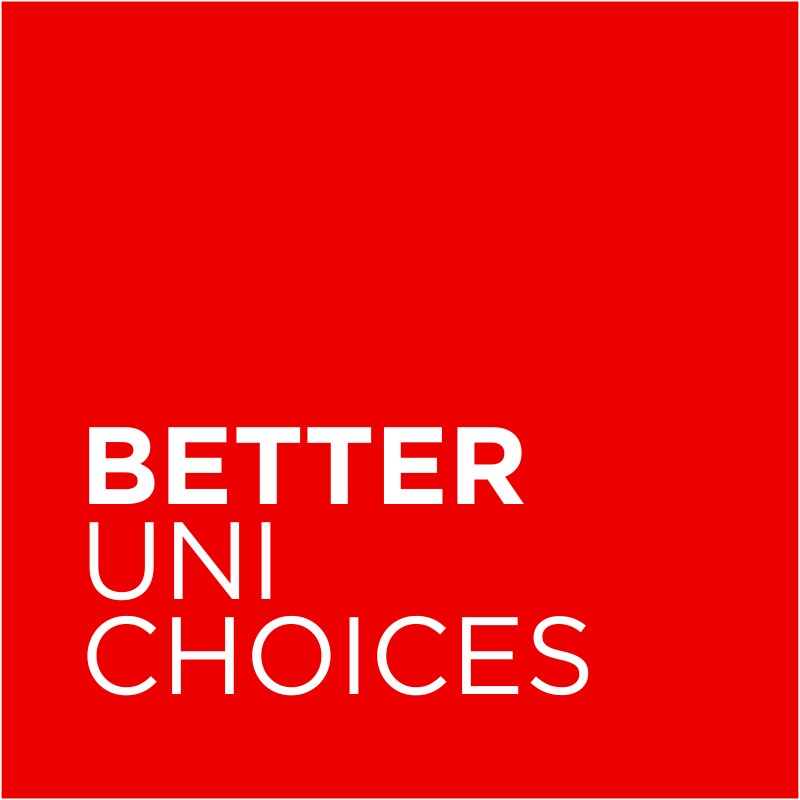Protecting status through league tables, The Russell Group, and Art & Design shows.
😊 Welcome
I saw a post in Linkedin last week that, once again, challenged the way I think about Higher Education. In particular, it challenged the way I think about league tables.
So this week, instead of a lengthy piece, I’ve gathered just a few thoughts below in response to the post. Perhaps it will challenge your thinking too?
We also revisit my thoughts on the Russell Group. It seemed timely.
And we learn about Art & Design degree shows - a fantastic opportunity to be inspired, and to see first hand what studying art and design really involves.
✍️ University league tables: Simply a mechanism to protect status?
Last week, I read a post by Rachel Reeds on Linkedin which challenged the way I thought about university league tables.
Rachel has been working in universities in professional services such as admissions, quality assurance and course administration for nearly 15 years. She is the co-host of HE Tea Break, a podcast all about Higher Education, and has recently launched The Bold Collective, an online community for Higher Ed professionals.
She frequently posts on Linkedin about university matters; usually with a connection to the experiences of professional services middle-managers and administrators.
Last week she posted about the changes that took place in 1992, when many polytechnics became universities. This, she says, was intended to make university more accessible to a wider range of people. It worked, with more people from a wider range of backgrounds accessing university and getting a degree.
And yet, she points out, the universities in question were never really praised for it. Instead they remained (and indeed remain), second class institutions in the eyes of many.
Why? Because, amongst other things, they are kept in their place by league tables.
League tables, she argues, may look objective, evidence based; “dressed up in data”, but in reality, they “reward the usual suspects, and penalise the places doing the heavy lifting”.
And in doing so, they simply perpetuate the existing hierarchies, protecting the status and prestige of the old elite.
I had genuinely never thought of it this way, but when I read it, it hit hard.
I don’t think it's necessarily deliberate, that those who spend hundreds of hours producing the tables actually intend the tables to do this.
But Rachel is absolutely right about the end result.
It happens because the league tables make value judgements. They take a whole load of data points, about a range of different aspects of universities, from student satisfaction to entry grades, and from early graduate career success to measures of research quality. And then they decide how important each of these factors are so that they can weigh each factor as part of an overall table.
The result? Whatever they want it to be.
Do entry grades have any bearing on the quality of the educational experience being offered?
Nope, but the data reflects well on the old, established universities.
Do the measures they use on research quality have any bearing on the university’s contributions to their local community?
Nope, but the data reflects well on the old, established universities.
The worst thing about all this is that most people looking at league tables have no, or very little, understanding of what goes in them or what they mean. They simply use the overall table to get an idea of how ‘good’ a university is, rather than look at all the individual factors to determine which factors might actually be most important to them.
I’ve been pretty critical of university league tables for a while now (do have a look at my last article about them).
Now, however, I’m now thinking they might be even more pernicious than I had thought.
If you’d like to share this piece, you’ll find it on my website here.
📢 We need to talk about The Russell Group
While we are on the topic of ways the elite universities protect their status, I thought it might be an opportune moment to revisit some of my thoughts on the Russell Group.
If you made it to the end of the previous piece, this one will probably resonate too.
If you just think I’m just out to bash the old unis, you might not want to click the link below…
We need to talk about The Russell Group
💡 Did you know?
Interested in Art, Design, Fashion, Architecture or other visual creative disciplines?
If so, just about the most useful, interesting and inspirational thing you can do is go along to one of the many art and design degree shows taking place at universities across the country this month.
You’ll see so much amazing art and design work from students who are just a few years on from yourself. You’ll see what it is possible for you to achieve in just a few short years. And you might even get some inspiration for your own portfolio for entry. Everytime I go to one of these I find myself surprised, inspired and humbled in equal measure!
Just about all art schools have their degree show on in the coming week or two, so check out what is available near you. Below are links to just four of them.
Dundee University Art Degree Show (24 May - 1st June)
UWE Bristol Degree Show (6-11 June)
Goldsmiths Art Degree Shows (20 - 23 June)
De Montfort University Art & Design Degree Show (20 - 28 June)
That’s all for this week!
Jonathan
🎯 In case you missed it
Just when do young people decide on their careers - and more importantly, how?

